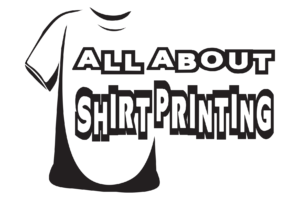Determining whether DTF (Direct-to-Film) printing is better than sublimation depends on the specific requirements of a project and personal preferences. Both methods have their advantages and disadvantages, which vary depending on factors such as the type of fabric used, design complexity, and production volume. Here is a comparison of the two techniques:
DTF Printing:
Advantages:
1. Works well with various types of fabrics, including cotton, polyester, and blends.
2. Produces vibrant, high-quality prints with excellent detail.
3. Allows for full-color printing without color limitations.
4. Suitable for small to medium-sized production runs.
Disadvantages:
1. May not be as durable as sublimation, especially when exposed to frequent washing or abrasion.
2. Can be more expensive than sublimation, particularly for larger quantities.
3. Requires additional steps, such as applying adhesive powder and curing the print.
Sublimation:
Advantages:
1. Creates highly durable prints that are resistant to fading, peeling, or cracking.
2. Perfect for polyester and other synthetic materials.
3. Allows for all-over printing and intricate designs.
4. More cost-effective for large production runs.
Disadvantages:
1. Limited to polyester or polyester-coated substrates, which may not be suitable for all projects.
2. Colors may appear less vibrant on darker fabrics.
3. Not suitable for natural fibers like cotton.
In conclusion, the choice between DTF printing and sublimation depends on the specific needs of your project. If you require vibrant prints on various types of fabrics, including cotton, DTF printing might be a better choice. However, if you need durable prints on polyester or polyester-coated materials and are working with large production volumes, sublimation could be the more suitable option.

